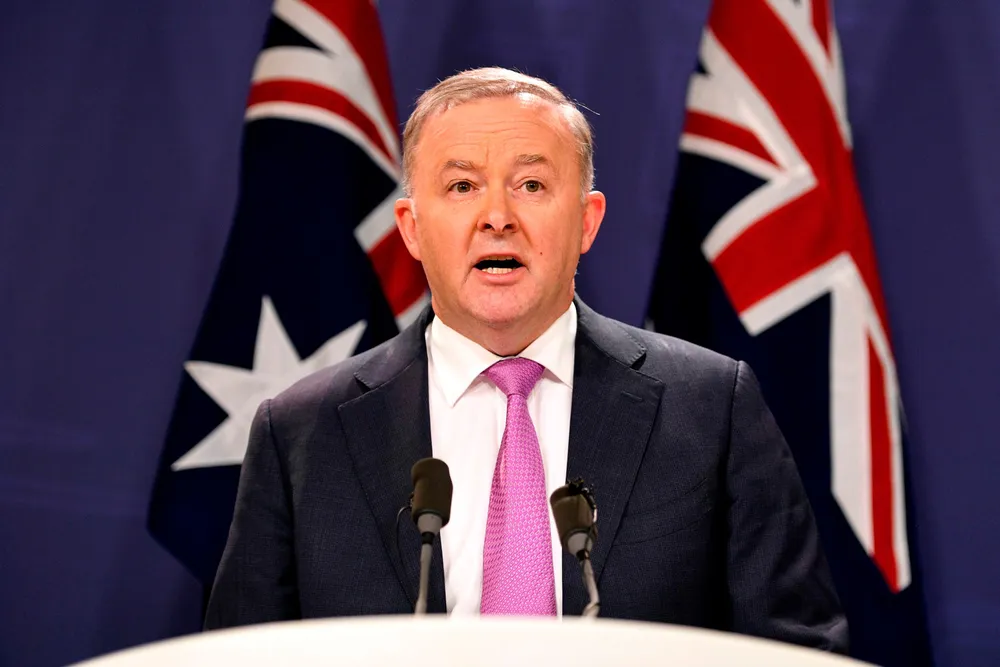Australian opposition party pledges to slash emissions if elected next year
Climate debate likely to be a key topic of debate ahead of next year's election as incumbent Coalition government faces criticism over 2030 targets

Climate debate likely to be a key topic of debate ahead of next year's election as incumbent Coalition government faces criticism over 2030 targets
